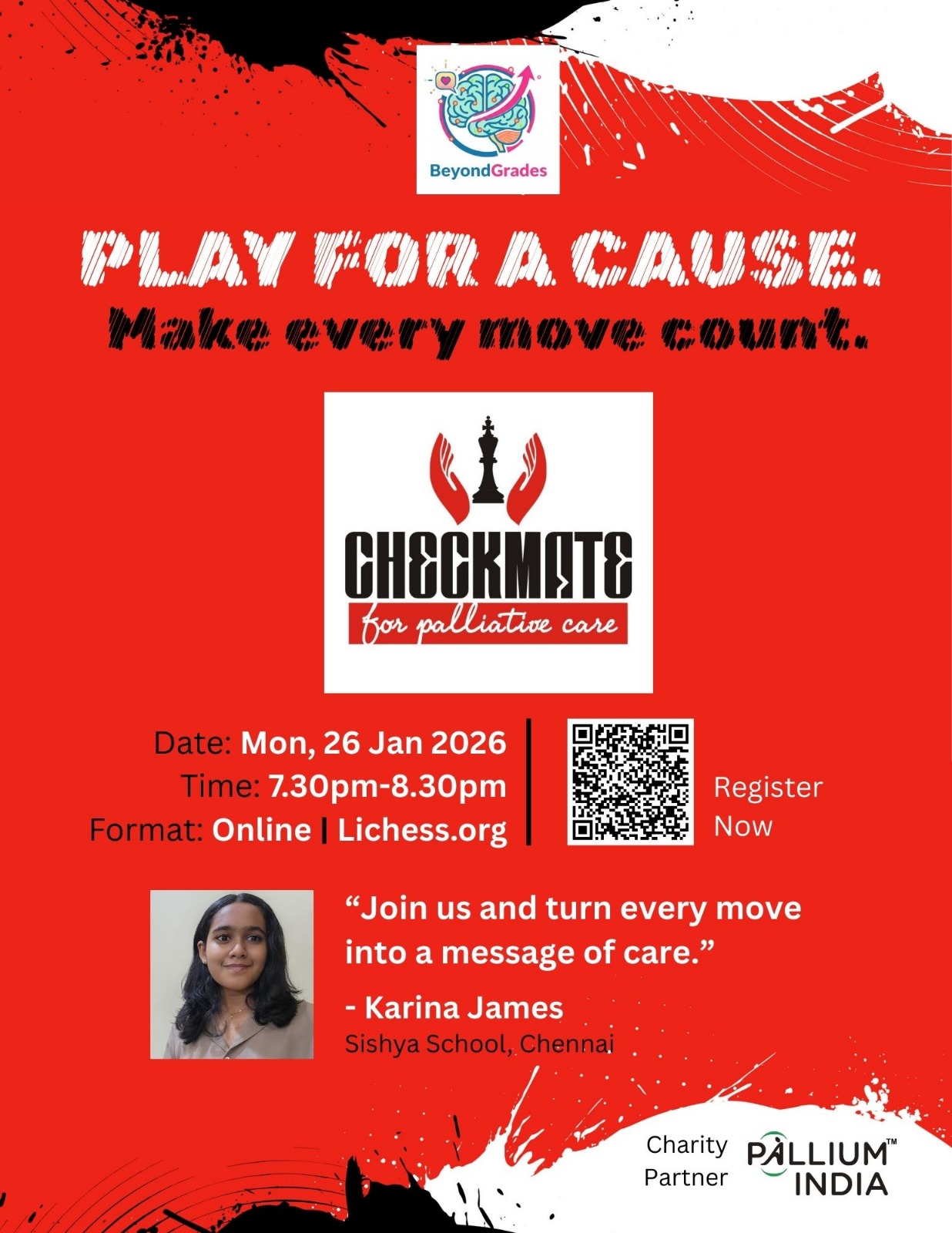Reducing Suffering During Nasogastric Intubation

A tube through the nose into the stomach sometimes becomes necessary in advanced disease when the patient is unable to swallow food or medicines. This is particularly relevant to India because of its large burden of head and neck cancers.
But even the thought of such a thing is terrifying to patients and many opt not to have it, resulting in inability even to take pain medication, or horrible unsatiated pangs of hunger. And in the presence of active disease, the process of the tube insertion may be particularly painful.
Dr Ya-Wen Kuo et al from Taiwan have published a Systematic Review in the Journal of Pain and Symptom Management (Vol 40, No.4, October 2010) on the use of nebulised lidocaine (lignocaine) prior to nasogastric tube insertion. it appears that nebulised lidocaine can reduce the pain by as much as 57.7%.
Reducing the Pain of Nasogastric Tube Intubation with Nebulized and Atomized Lidocaine: A Systematic Review and Meta-Analysis
Abstract – Nasogastric tube (NGT) intubations occur frequently in clinical practice and can be a painful procedure for patients. A systematic review of current knowledge concerning the use of nebulized lidocaine to reduce the pain of NGT insertion was conducted in order to develop evidence-based guidelines. In addition, a meta-analysis of appropriate randomized controlled trials (RCTs) was performed.
[…]
Five RCTs with 212 subjects were identified. A total of 113 (58%) subjects were women. The mean age of treatment and control groups was 59.6 and 55 years, respectively. The countries of studies were the United States, United Kingdom, Australia, Canada, and Thailand.
In the treatment groups, the use of lidocaine concentration was 4% and 10%. The pooled effect size was 0.423 (95% confidence interval: 0.204-0.880; Z=−2.301; P=0.021), indicating that the use of nebulized lidocaine before NGT insertion can decrease pain by 57.7%.
There is insufficient evidence to recommend the dosage, concentration, or delivery method. Further research is needed to articulate a comprehensive clinical guideline.





